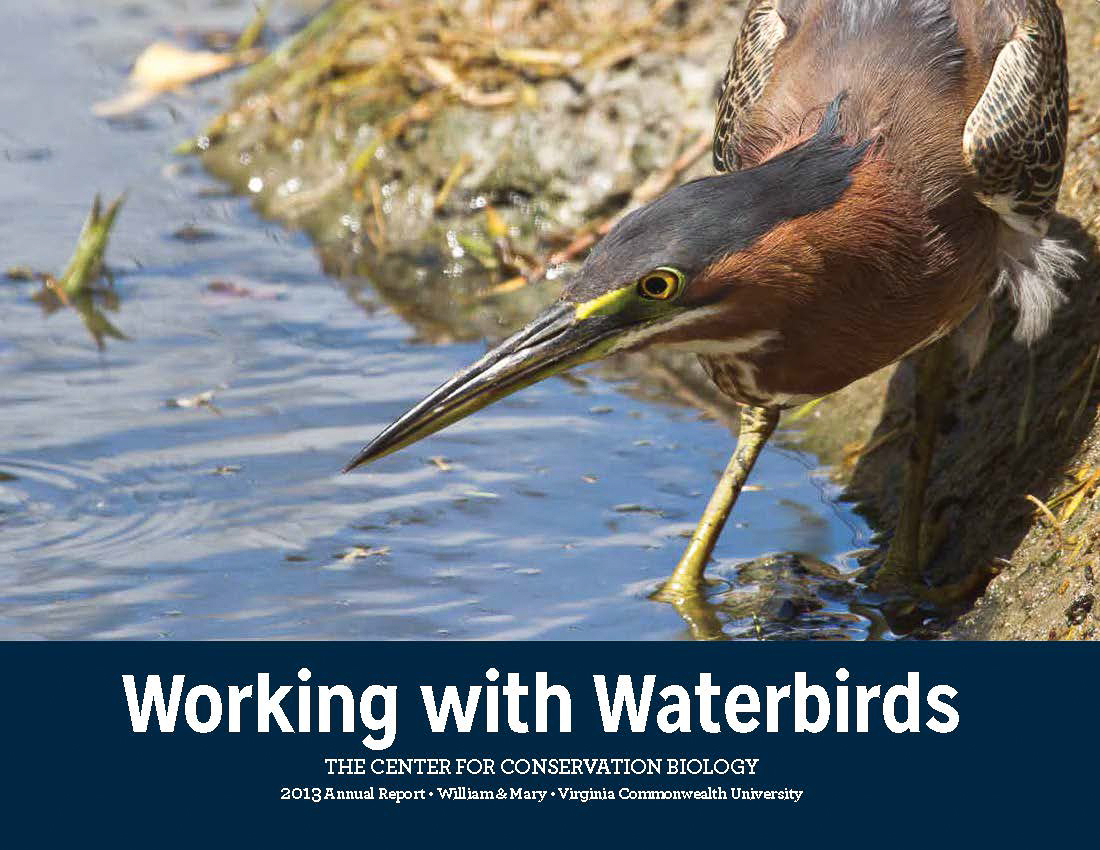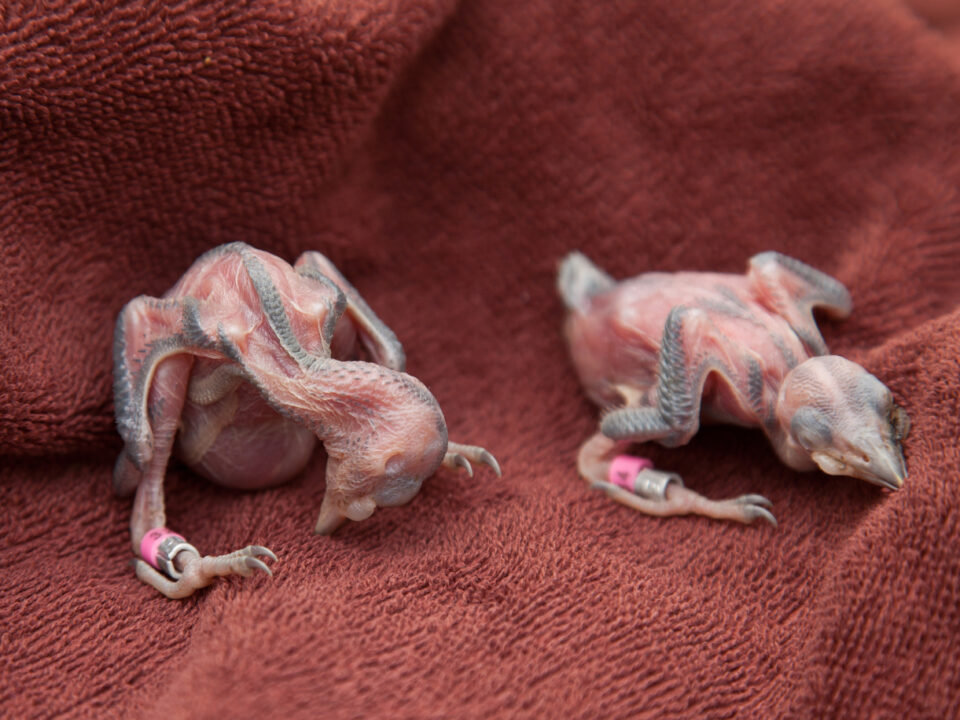CCB 2013 Annual Report available online

Botswana Research Projects – Vultures and Wild Dogs
December 24, 2013Camellia Near Centerville 12/31/2013
January 3, 2014
Friends,
The edge, where land and water meet, hosts an incredible community of seabirds, shorebirds, herons, and ducks collectively known as “waterbirds.” Due to their position within the aquatic food web and their broad range of requirements, waterbirds represent some of the best ecological indicators of aquatic health known today.
For decades, The Center for Conservation Biology has maintained a program focused on more than 100 species of waterbirds. The information and expertise gained from these projects has contributed in a unique way to human knowledge and may be found throughout our society in corporate board rooms, federal courts, government policy, academic text-books, children’s books, and popular stories. To acknowledge their significance, our 2013 annual report highlights selected waterbird programs.
During the calendar year, we have pushed the limits of technology, time, and resources to deliver information needed for science-based conservation. For all of our institutional partners, it has been our distinct privilege to stand by your side for the cause of conservation. For all who have made financial or other contributions to the Center, you are the shining face of conservation today. Thank you for your support.
The Center is a proud unit shared by the College of William & Mary and the Virginia Commonwealth University, yet as an environmental nonprofit, we receive our funding from gifts, grants, and contracts. We are committed to making your contributions matter.
Sincerely,
Bryan D. Watts, Ph.D.
Director
bdwatt@wm.edu
(757) 221-2247
January 2, 2014
 Download The Center for Conservation Biology 2013 Annual Report
Download The Center for Conservation Biology 2013 Annual Report
Related posts
Adult female from Elkins Chimney territory. Both the female and male were lost from this site between 2024 and 2025 nesting seasons and were not replaced. This territory has been occupied since 1995. Five territories were vacated between 2024 and 2025 along the Delmarva Peninsula in VA. Photo by Bryan Watts



